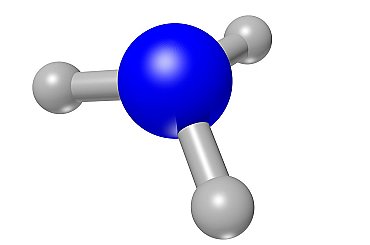For Clean Ammonia, MIT Engineers Propose Going Underground
Using the Earth itself as a chemical reactor could reduce the need for fossil-fuel-powered chemical plants. Ammonia is the most widely produced chemical in the world today, used primarily as a source for nitrogen fertilizer. Its production is also a major source of greenhouse gas emissions — the highest in the whole chemical industry.

You are not logged in
If you want to read more, join the ENERGY-HUB club
LoginTry the monthly membership in the ENERGY-HUB club for free!
Related articles
JinkoSolar’s patent lawsuit against Longi extends to Japan
The patent lawsuit, filed at Japan’s Tokyo District Court, is JinkoSolar’s second case of legal action against Longi this year, fo…
Average household heating costs down by up to 12 percent in Germany in 2024
German households had to pay significantly less for heating in 2024 than in the previous year, as the prices for gas and heating o…
Higher demand, gas prices drive up European electricity prices
Average weekly electricity prices surpassed €130 ($135.12)/MWh in most major European markets during the third week of January as…
Solar-driven brine management system for hydrogen, chlorine production
Researchers have developed a novel energy system comprising PVT panels, reverse osmosis, reverse electrodialysis, and proton excha…
Will the PEM electrolyzer commercial expansion be limited by the Iridium’s supply?
The green hydrogen, obtained from water electrolysis fed by renewable sources, is expected to be a key factor in decarbonizing the…
ENERGY-HUB is a modern independent platformsharing news and analytic articles from the energy sector on a daily basis. Within our portfolio we monitor czech, slovak and foreign press releases.



